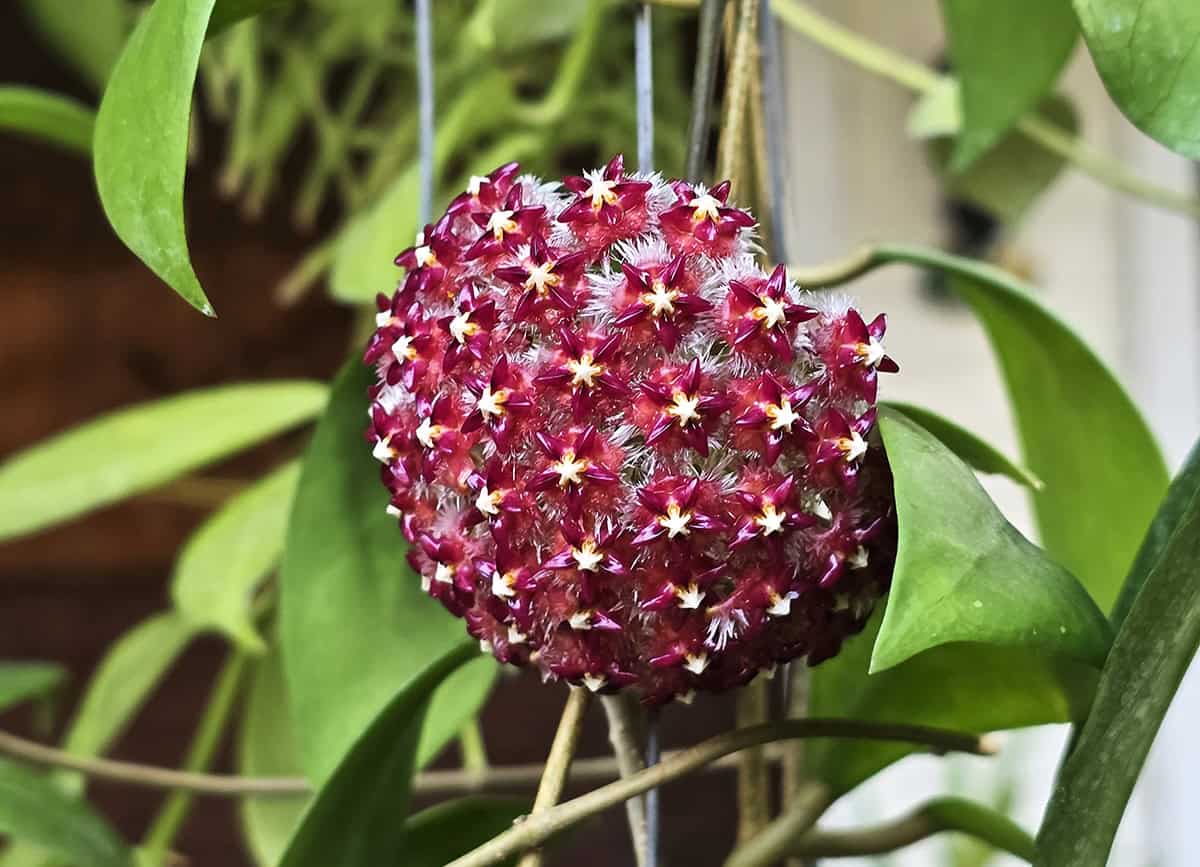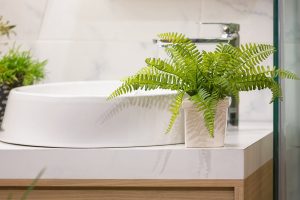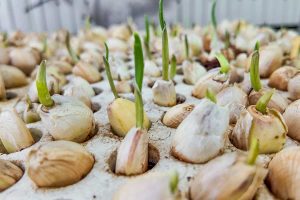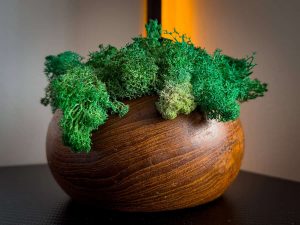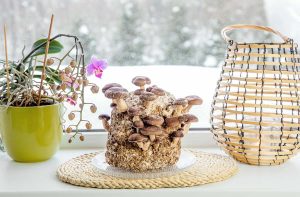You might notice the unique leaves and trailing stems of your wax plant, but wonder how many other types of hoya plants exist. There are over 200 types of hoya, with each species offering a different combination of shapes, foliage textures, and flower forms. Collecting different varieties is popular because they can look very different from each other, even though they share the hoya name.
If you want to brighten a sunny windowsill or fill a hanging basket, hoyas give you plenty of choices. Some have thick, waxy leaves, while others have softer, more delicate foliage. You can find hoyas with clusters of star-shaped flowers or leaves ranging from heart-shaped to narrow and pointy.
Exploring these 30 types of hoya plants will help you find a new favorite, whether you are new to houseplants or expanding your collection. Each type offers something different in both appearance and care.
Table of Contents
- 30 Types of Hoya Plants
- Hoya carnosa
- Hoya carnosa ‘Krimson Queen’
- Hoya carnosa ‘Krimson Princess’
- Hoya carnosa ‘Compacta’ (Hindu Rope)
- Hoya pubicalyx
- Hoya pubicalyx ‘Splash’
- Hoya obovata
- Hoya obovata ‘Splash’
- Hoya kerrii (Sweetheart Hoya)
- Hoya kerrii ‘Variegata’
- Hoya australis
- Hoya australis ‘Lisa’
- Hoya wayetii
- Hoya wayetii ‘Variegata’
- Hoya curtisii
- Hoya linearis
- Hoya multiflora (Shooting Star Hoya)
- Hoya lacunosa
- Hoya lacunosa ‘Snow Caps’
- Hoya bella (Miniature Wax Plant)
- Hoya retusa
- Hoya serpens
- Hoya macrophylla
- Hoya macrophylla ‘Variegata’
- Hoya callistophylla
- Hoya sigillatis
- Hoya imbricata
- Hoya coronaria
- Hoya caudata
- Hoya nicholsoniae
30 Types of Hoya Plants
Hoya plants come in a wild array of leaf shapes, flower patterns, and growth habits. Each type brings its own personality, so whether you’re a collector or just curious, there’s probably something here that’ll catch your eye.
Hoya carnosa
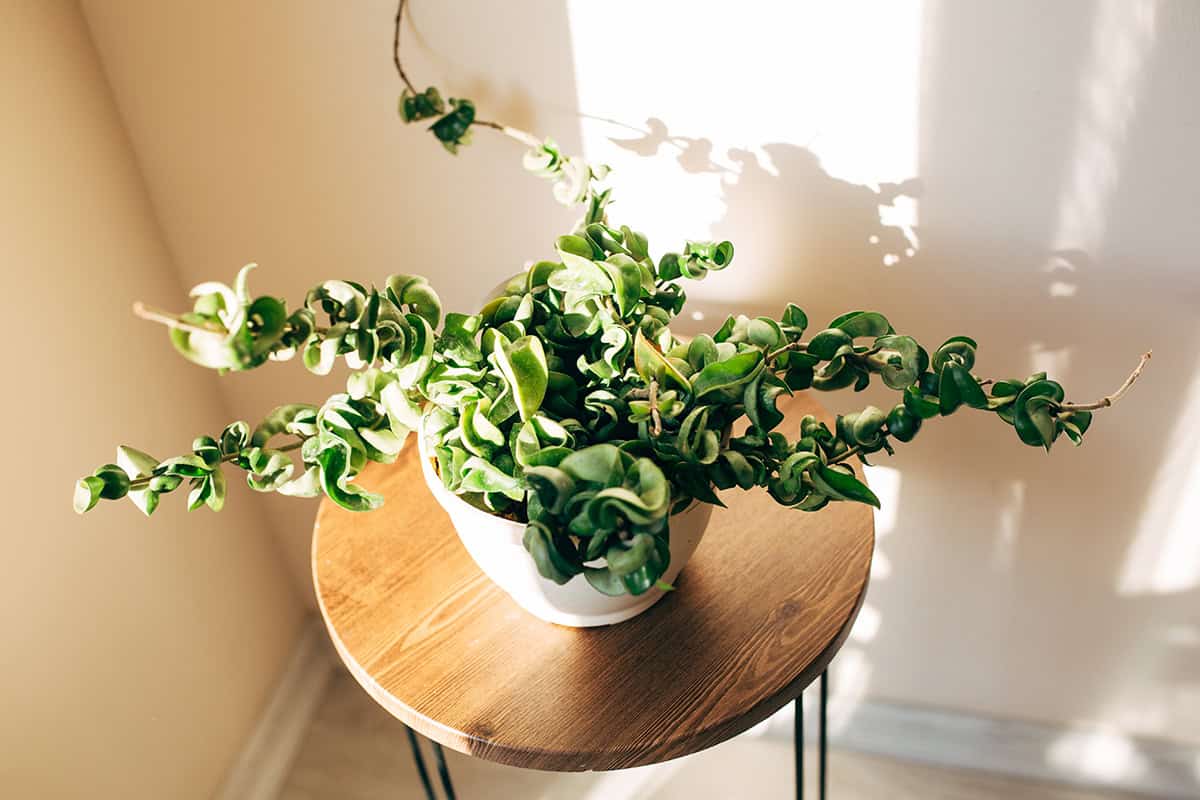
Hoya carnosa is one of the most popular hoya varieties you can grow. Its leaves are thick, deep green, and waxy, making them easy to recognize.
This plant blooms with clusters of star-shaped, fuzzy flowers. The blooms have a sweet, subtle fragrance. Hoya carnosa thrives in bright, indirect light but can tolerate lower light.
Water it when the soil dries out to keep it healthy. This variety is forgiving and widely available, making it suitable for beginners who want a reliable hoya.
Hoya carnosa ‘Krimson Queen’
With green centers and creamy white or pink edges, ‘Krimson Queen’ stands out as one of the most eye-catching variegated cultivars. Its long vines and fragrant pink flowers make it ideal for hanging displays. To maintain its vibrant color, keep it in filtered light and allow the soil to dry before watering again.
Hoya carnosa ‘Krimson Princess’
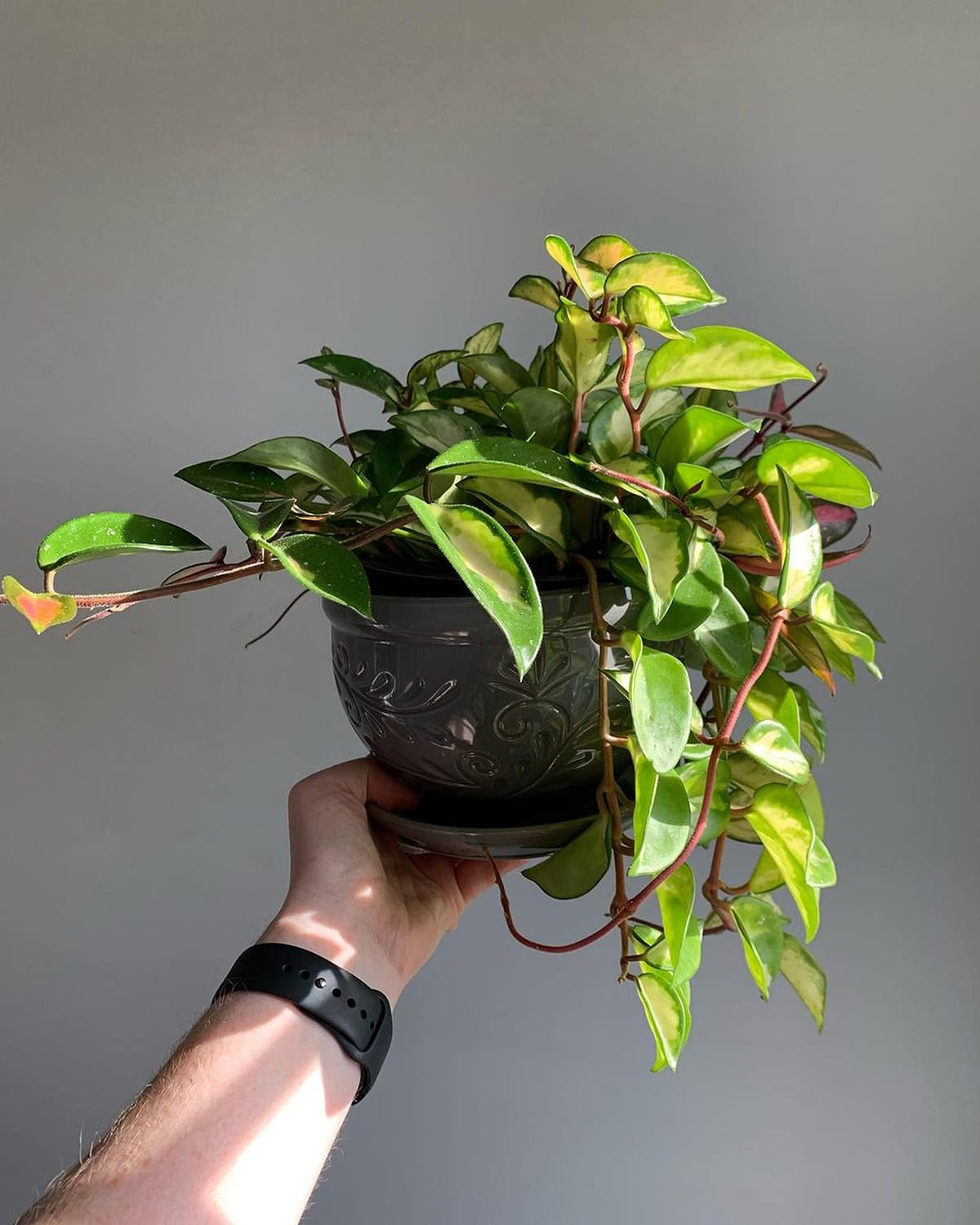
Krimson Princess reverses the color pattern of Krimson Queen. Its leaves have creamy yellow or pink centers bordered by green edges.
New growth often shows deeper pink hues that fade over time. The vines can grow long and arch gracefully.
This cultivar blooms with pink, lightly scented flowers. To keep the colors vivid, place it in moderate or bright indirect light. Avoid letting water sit at the roots to prevent rot.
Hoya carnosa ‘Compacta’ (Hindu Rope)
Known for its twisted, curled leaves, the ‘Hindu Rope’ has a sculptural, rope-like look. The thick, contorted strands give it a dramatic, cascading effect, especially in hanging pots. It prefers high humidity and strong filtered light, and must be grown in very well-draining soil to prevent root issues.
Hoya pubicalyx
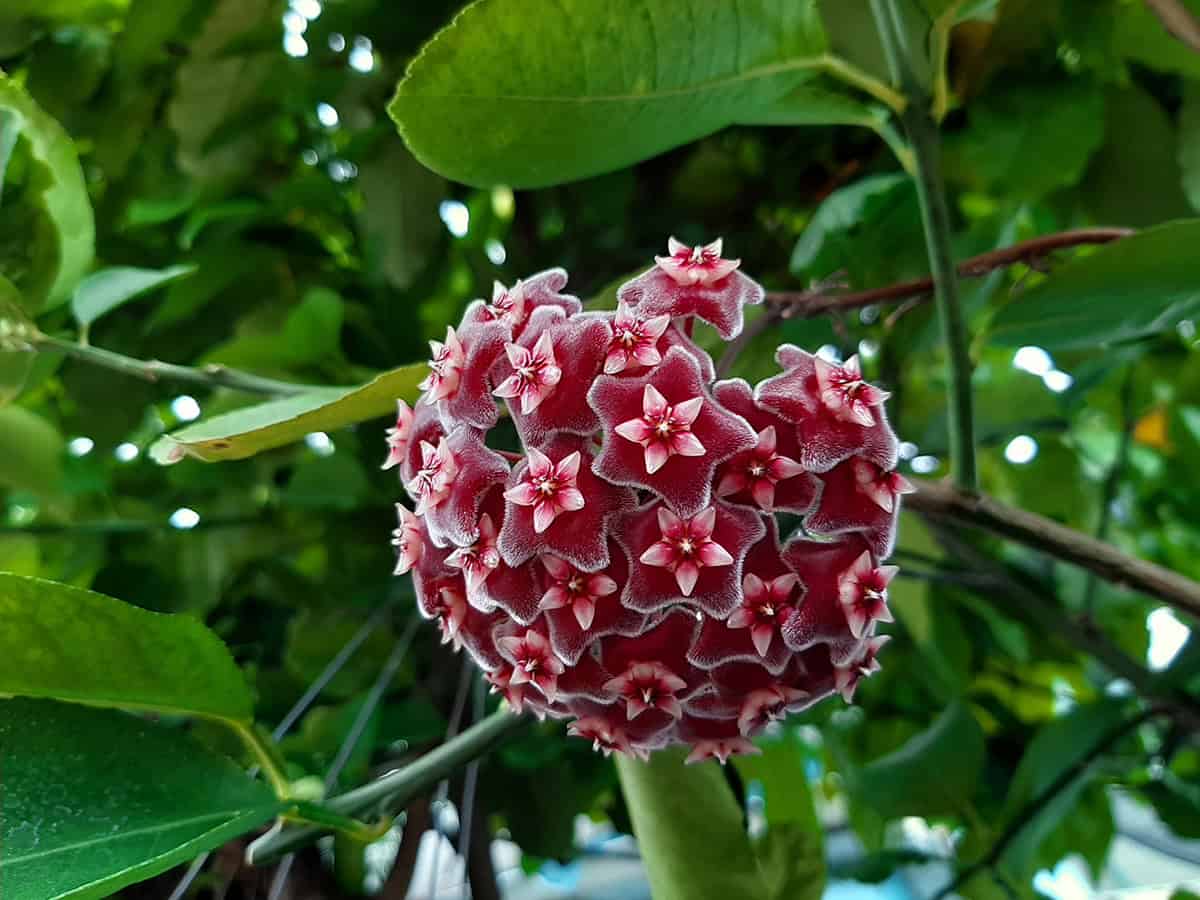
Hoya pubicalyx quickly covers space with slender, fast-growing vines. Its lance-shaped, speckled leaves sometimes show silver or pink streaks.
The plant produces large, clustered flowers in shades from deep pink to reddish-purple. This hoya grows well in hanging baskets thanks to its vining habit.
Pubicalyx tolerates a range of light but develops best colors and blooms under bright light. Let the soil dry partly between waterings to keep it healthy.
Hoya pubicalyx ‘Splash’
The ‘Splash’ form features prominent silver splashes or spots on each leaf, making it highly ornamental. Leaves remain dark green but look dusted with metallic streaks.
It produces similar flower clusters as the basic pubicalyx. The blooms are waxy and pink-mauve.
Give this hoya lots of indirect light for the splash effect to intensify. Good air movement and infrequent watering help avoid fungal issues, especially when grown indoors.
Hoya obovata
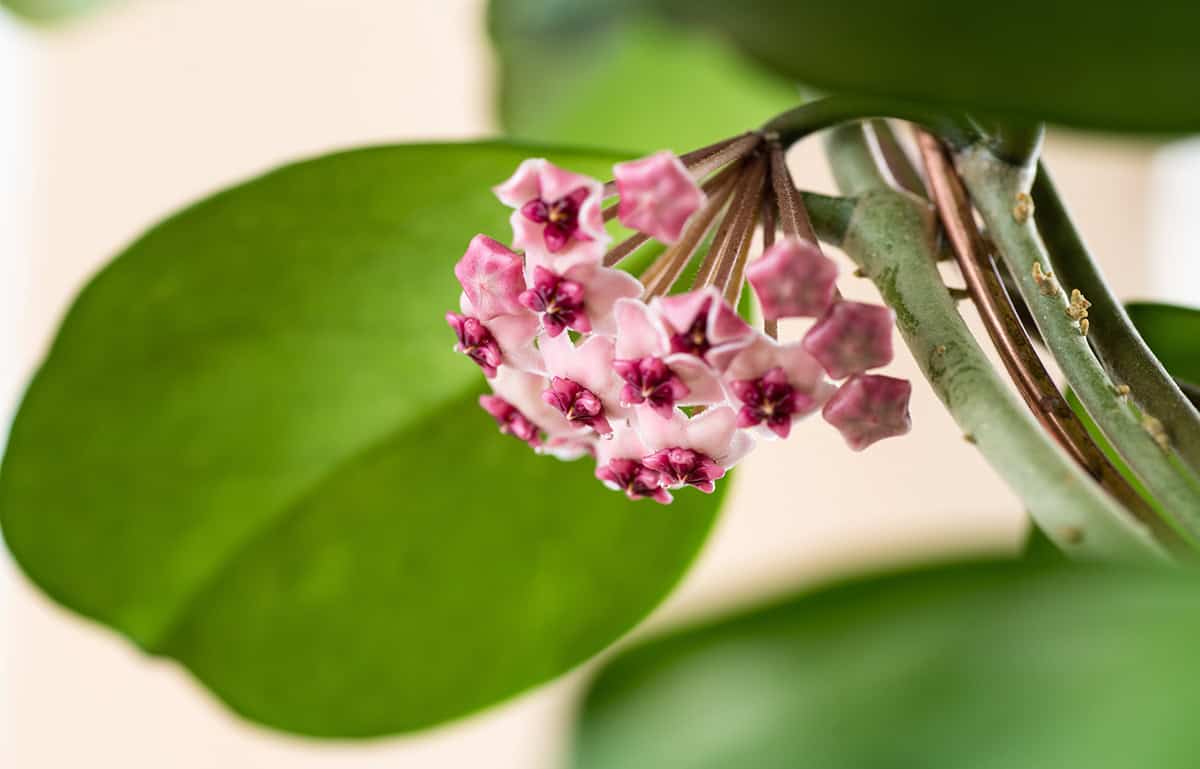
With broad, oval leaves and silvery flecks, Hoya obovata is both sturdy and attractive. When in bloom, it produces pale, star-like flowers with purple centers. This plant grows well on a trellis or as a trailing specimen and should be kept in indirect light with occasional watering after the soil dries out fully.
Hoya obovata ‘Splash’
This cultivar highlights eye-catching silver splashes across round, dark green leaves. The foliage can appear almost marbled.
Obovata ‘Splash’ blooms resemble the species, producing fragrant, pale flowers in ball-shaped clusters. Leaves grow thick and glossy.
With more light, the silver patterning becomes bolder. Soil dries out quickly because of the thick leaves, so monitor moisture before each watering. This cultivar works well as a focal point.
Hoya kerrii (Sweetheart Hoya)
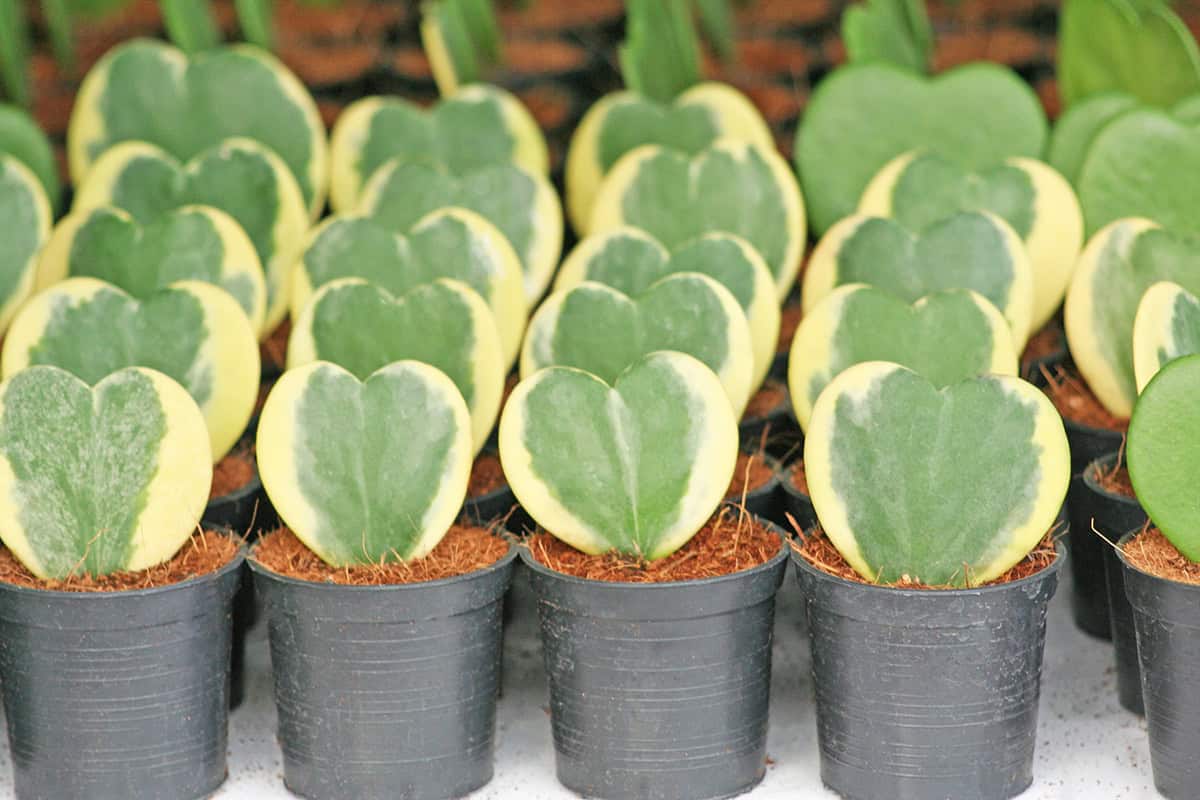
Known as the Sweetheart Hoya, this plant is famous for its heart-shaped leaves. It’s often sold as a single leaf in tiny pots but can grow vigorous vines over time.
Leaves grow thick, fleshy, and stiff. Mature specimens bloom with clusters of cream or yellowish flowers with red centers.
Steady, indirect light helps maintain the heart shape and boosts growth. Only water when the soil is dry because kerrii is prone to rot from overwatering.
Hoya kerrii ‘Variegata’
Variegated forms of kerrii feature creamy margins that sometimes blush pink in strong light. Though growth is slower, the decorative foliage makes this cultivar especially popular. Like its green counterpart, it needs plenty of light and dry conditions to thrive.
Hoya australis
Native to Australia, Hoya australis grows as a thick, upright vine with glossy, deep green leaves. When mature, it produces domed clusters of white flowers with a citrus scent. It grows quickly in warm, bright spaces and prefers the soil to dry out between waterings.
Hoya australis ‘Lisa’
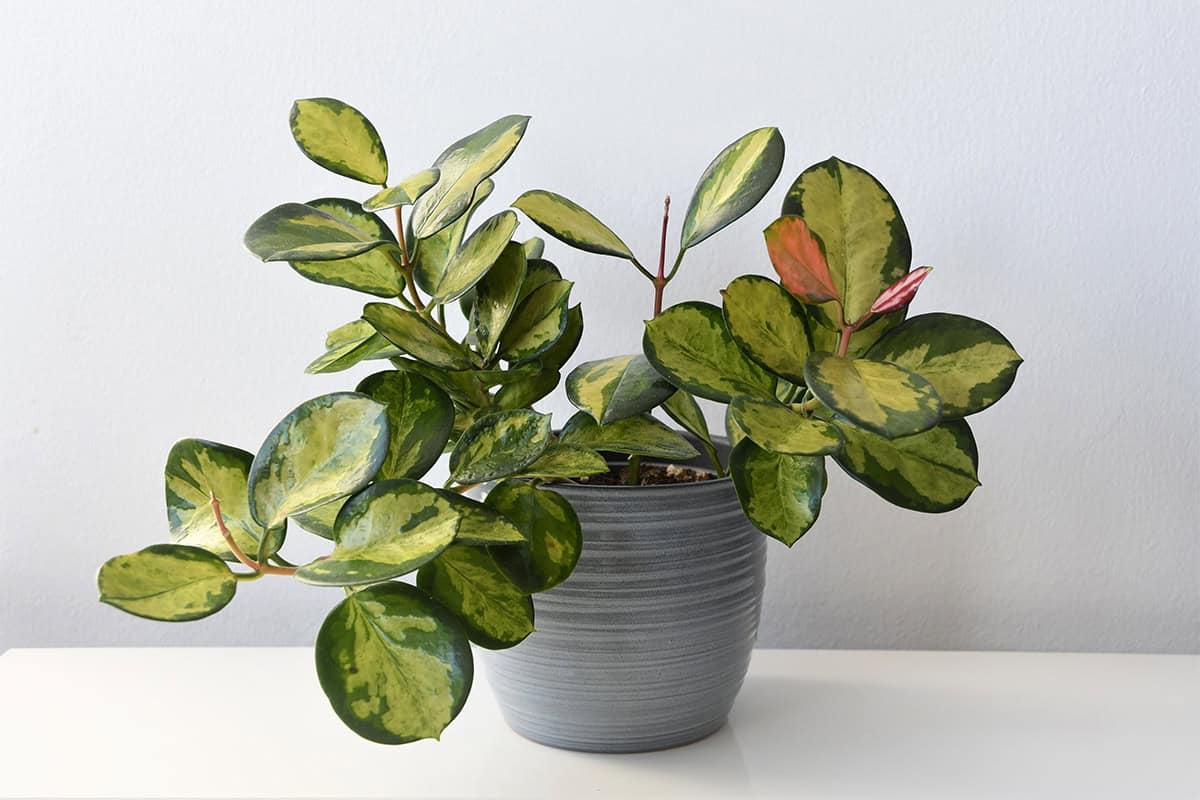
The ‘Lisa’ variety displays tricolor foliage patterns across its shiny oval leaves. You’ll see greens, creams, and pinks blending together, especially on newer leaves.
The growth habit is compact, making it ideal for smaller spaces. Flowers appear as small, white bunches under strong light.
Keep it in a warm, humid spot and avoid direct sun, which can scorch the leaf tips. The variegation brightens with brighter, indirect light.
Hoya wayetii
Long, narrow leaves with dark edges give Hoya wayetii a distinctive, almost grass-like look. These slender leaves may flush red in bright light, and maroon blooms cluster along the trailing vines. It’s best grown in baskets with quick-draining soil and warm conditions.
Hoya wayetii ‘Variegata’
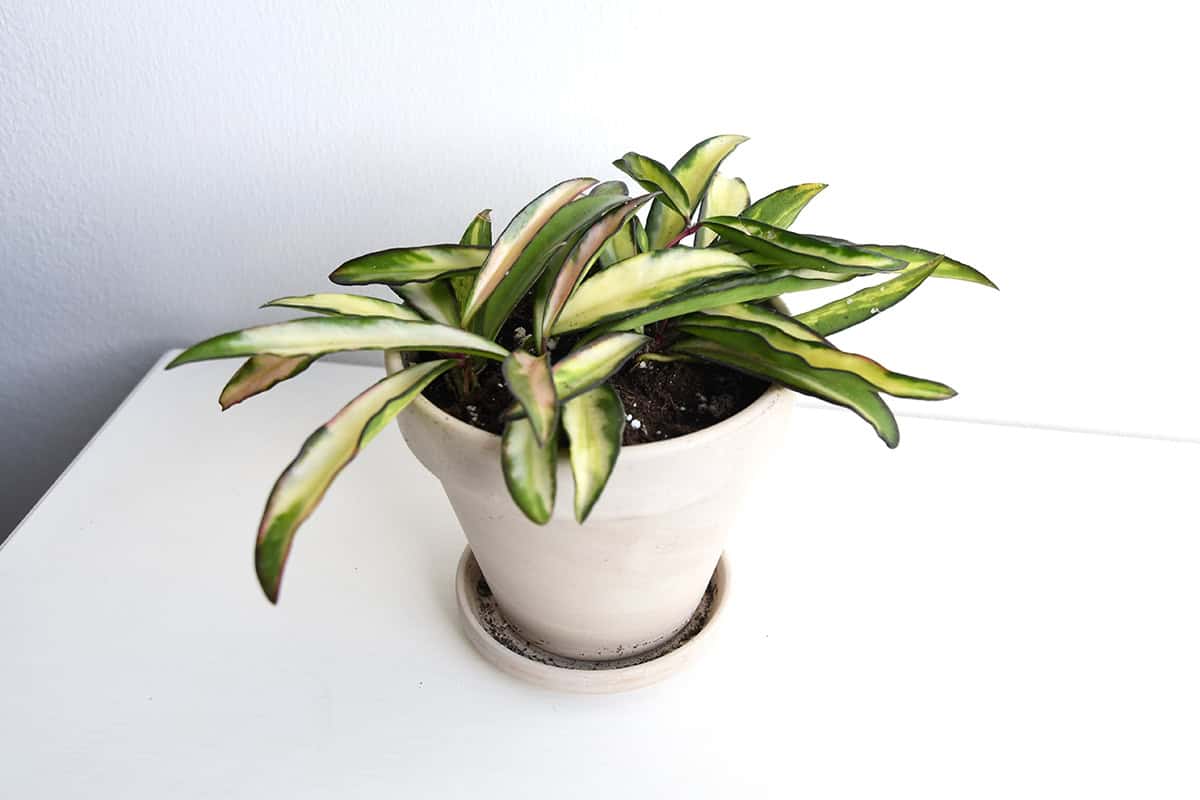
This variety features pale edges or streaks along the slender leaves, giving the foliage a striking appearance. In bright light, pink or reddish shades may develop along the margins.
You can expect the same compact and trailing growth as the basic wayetii. The flowers remain deep maroon and waxy.
Bright, indirect light will keep the variegation vivid. Avoid keeping the soil wet for long, as root rot can develop quickly in this hoya.
Hoya curtisii
Hoya curtisii is known for its small, round leaves marked by silvery or gray speckles. The leaves grow tightly clustered on creeping, spreading stems.
Flowers are tiny but cluster in grayish or yellowish-green heads with pink centers. This plant often grows as a ground cover or drapes from containers.
It adapts well indoors, thriving best in moderate humidity and warm temperatures. Use shallow, fast-draining pots to help avoid dense, soggy soil.
Hoya linearis
Unlike many hoyas, linearis features soft, fuzzy leaves that hang down like stringy curtains. Its pale green foliage looks delicate and pairs beautifully with its small, white star-shaped flowers. High humidity and cool temperatures help this one shine—avoid soggy soil and mist frequently.
Hoya multiflora (Shooting Star Hoya)
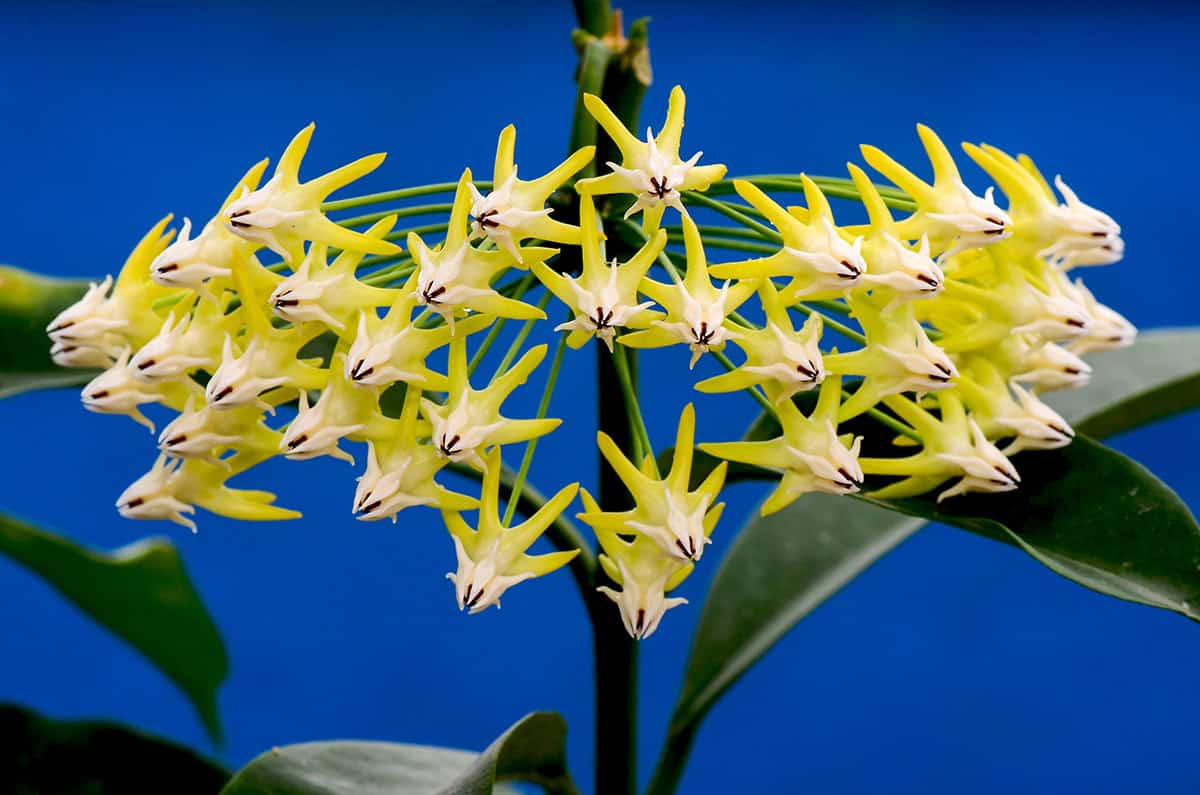
Multiflora stands out with elongated leaves and upright clusters of narrow, star-like yellow and white flowers. The blooms look like small shooting stars, appearing steadily through the year.
Its shrubby habit differs from most vining hoyas. You can prune multiflora to keep it bushy.
Provide bright, filtered sunlight and moderate humidity for continuous growth. Unlike many hoyas, this type enjoys more frequent watering but needs well-draining soil.
Hoya lacunosa
Deeply veined leaves and a cinnamon scent make Hoya lacunosa a sensory favorite. This small-leaved species trails gracefully and produces fuzzy, fragrant white flowers in tight clusters. Let the top layer of soil dry out before watering and avoid overwatering in cooler months.
Hoya lacunosa ‘Snow Caps’
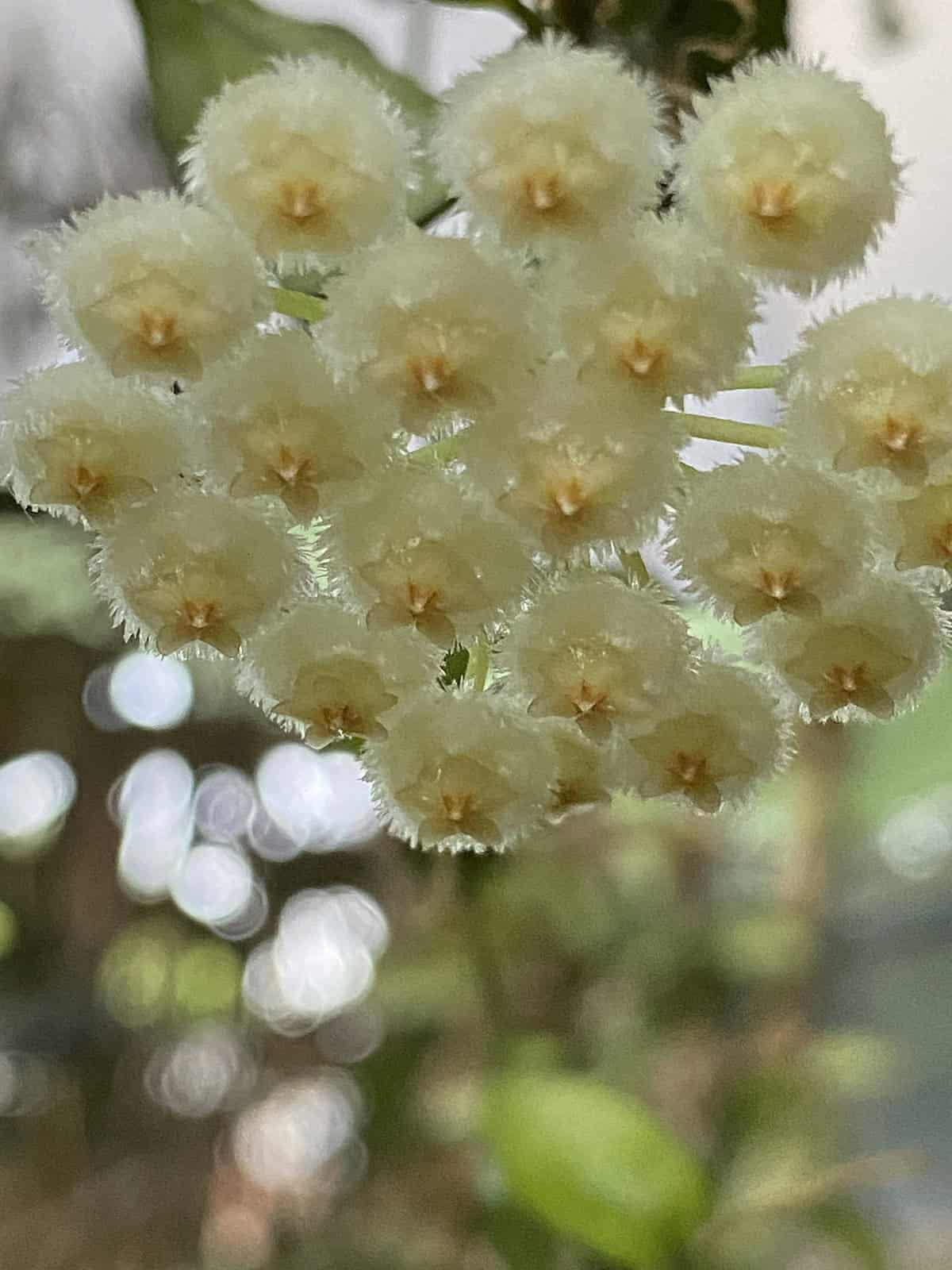
This form features leaves covered with creamy-white speckles or variegation, especially as new leaves emerge.
Flowers look and smell like standard lacunosa blooms, small and fuzzy. Plants remain compact, spreading out as they grow.
Snow Caps prefers filtered light to keep variegation strong without burning the leaves. Regular, light watering works best for this type.
Hoya bella (Miniature Wax Plant)
Hoya bella forms trailing stems filled with small, thin, bright green leaves. Its compact growth suits hanging baskets and limited spaces.
The flowers form tight clusters, each shaped like a perfect star with a pink or lavender center. Bella blooms reliably indoors.
This hoya prefers cooler conditions and frequent, light watering. Avoid letting it dry out too much, and don’t leave it standing in water.
Hoya retusa
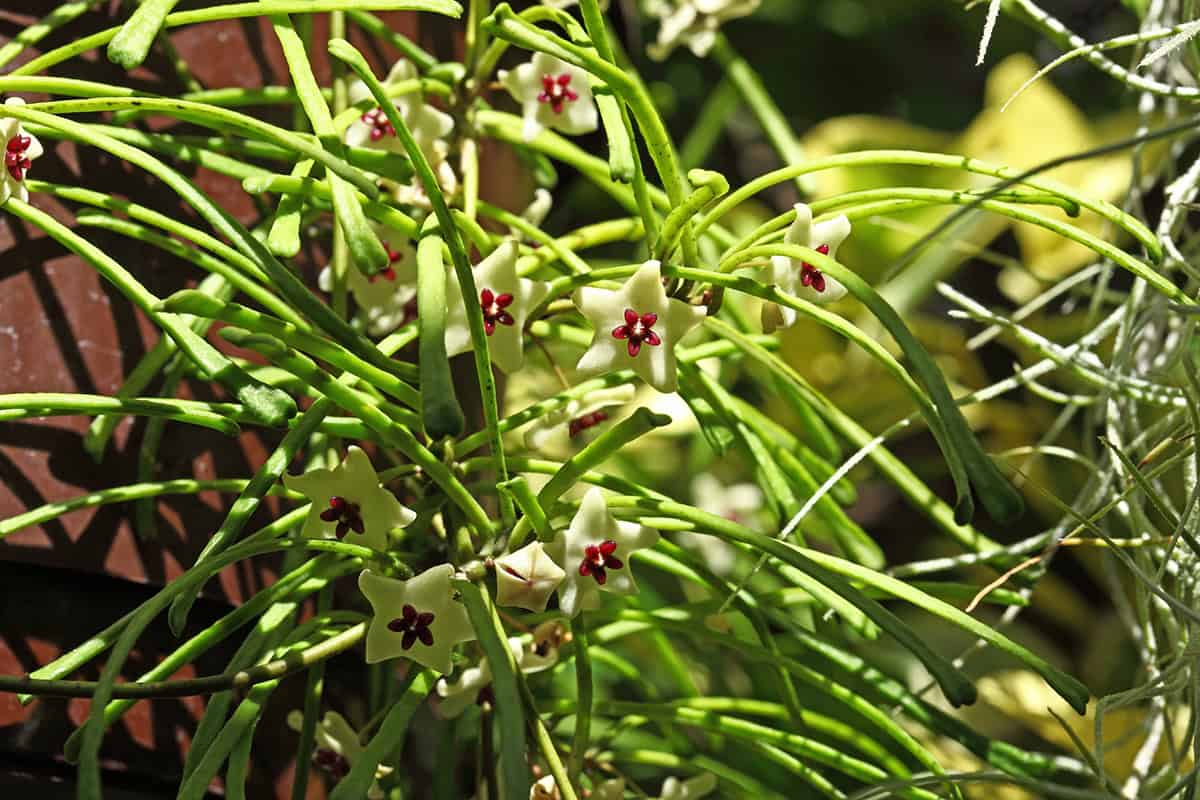
Retusa displays narrow, flat leaves that often look like green grass. These leaves grow in opposite pairs along wiry, spreading stems.
It blooms with small, single white flowers marked with red in the center. The flowers appear sporadically.
Your retusa will grow best with moderate humidity, filtered light, and high organic matter in the soil. Let the substrate dry partially between waterings.
Hoya serpens
Round, fuzzy leaves and soft white flowers define the rare Hoya serpens. Its stems trail easily and look beautiful spilling from containers or over edges.
This plant thrives in bright but gentle light, moist air, and a chunky, well-aerated potting mix.
Hoya macrophylla
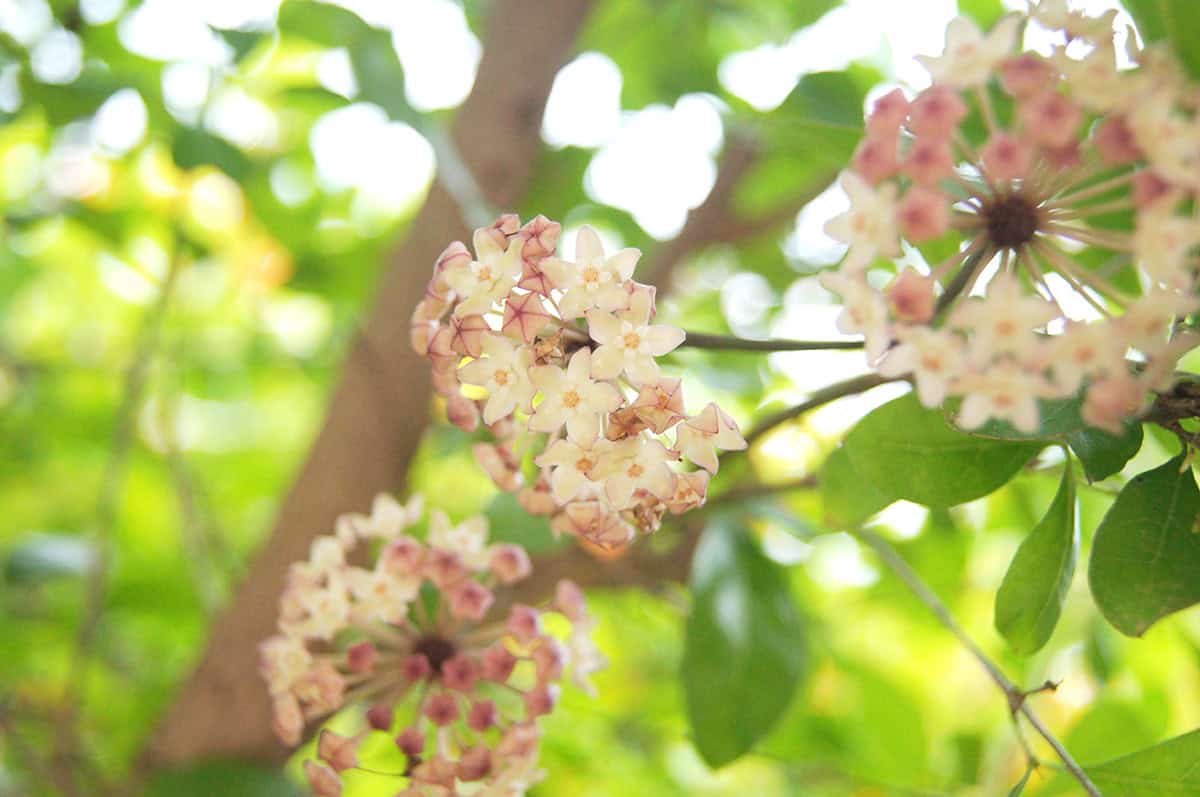
Macrophylla gets its name for its large, broad, and often veined leaves. The edges may ripple slightly, and mature leaves develop waxy surfaces.
Clusters of pink or white flowers develop intermittently, especially in good light. Macrophylla grows slowly but becomes an impressive focal plant.
Provide a well-draining mix, bright indirect sun, and let soil dry before watering again. This hoya benefits from occasional feeding during growth.
Hoya macrophylla ‘Variegata’
This form of macrophylla features variegation along the leaf edges. Variegation may be creamy white, yellow, or pale green, creating bold contrast.
Leaves grow thick and sturdy, with the same prominent veins as the plain form. Flowers are pink or white, fragrant, and clustered.
Best leaf color comes from bright, indirect light. Use a light soil mix and take special care not to overwater to preserve the root health.
Hoya callistophylla
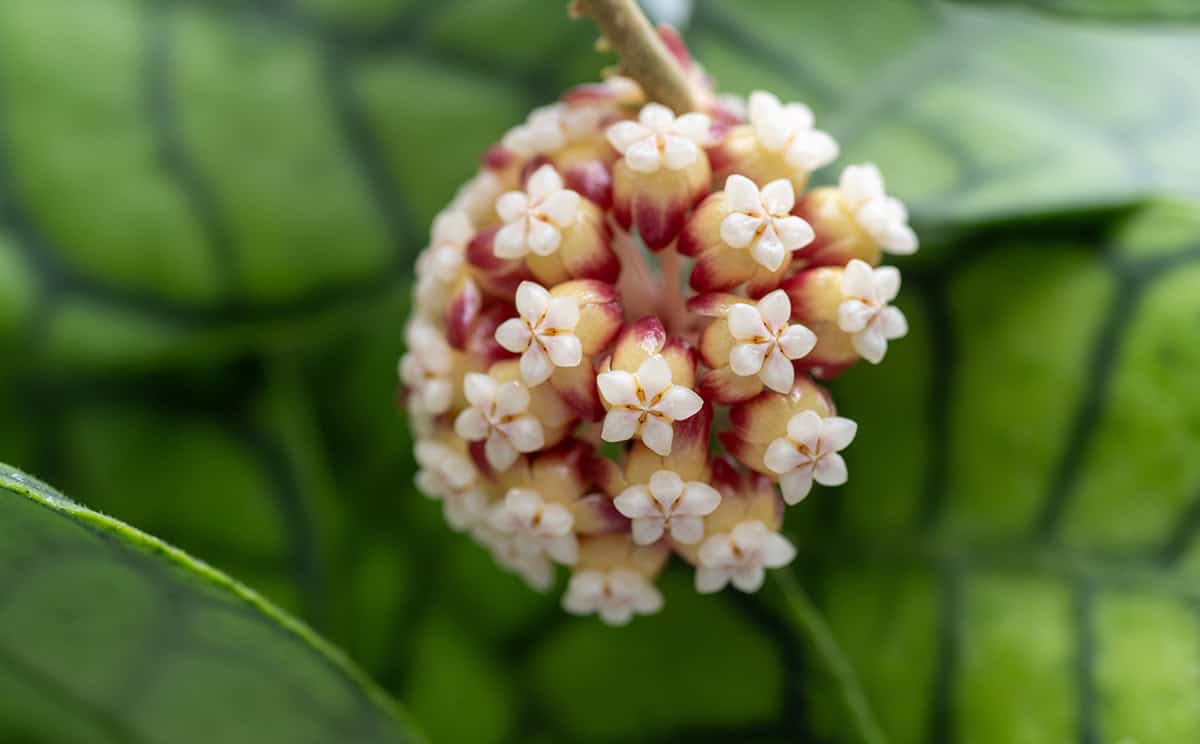
Callistophylla develops elongated, lance-shaped leaves with deep, dark green veins contrasting against lighter green backgrounds. The leaves often feel thicker than typical hoyas.
Clusters of yellow and orange star-shaped flowers bloom in warm conditions. This type can climb or hang, depending on support.
Bright but indirect sunlight keeps foliage vivid. Keep humidity moderate and let the surface of the soil dry before each watering.
Hoya sigillatis
Sigillatis is prized for its slender, pointed leaves marked with bright silvery spots. New leaves often emerge with pink blush.
Vines remain delicate, but in time, they fill space with trailing stems. Flowers appear as small, orange, ball-like clusters.
This species thrives in warm, bright areas with good air movement. Light, well-draining soil is essential to avoid fungal problems from wet conditions.
Hoya imbricata
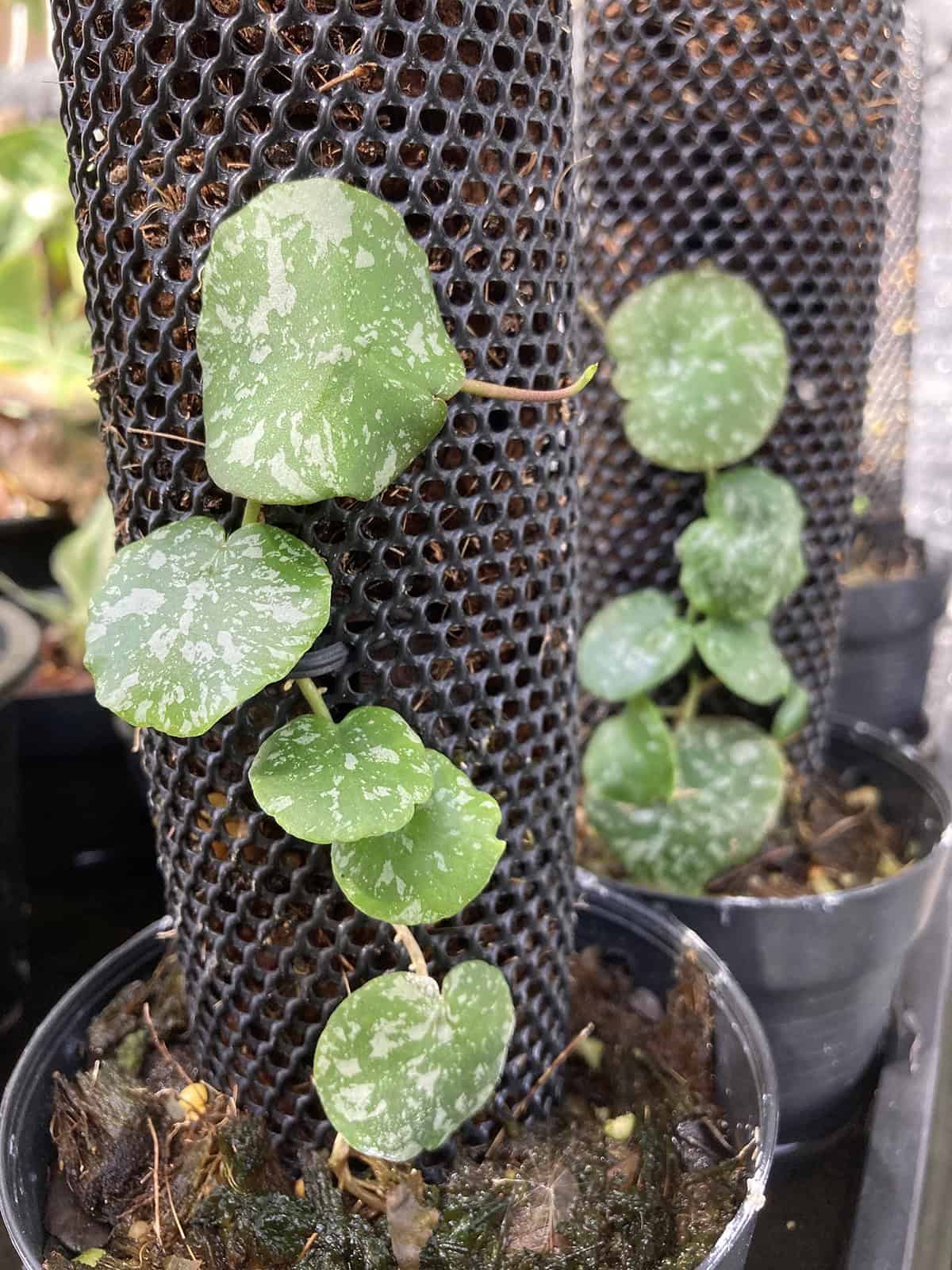
Imbricata is an unusual type with large, shield-shaped leaves that lay flat against tree bark or soil. This shingling effect gives it a one-of-a-kind look.
Flowers are small, usually hidden beneath the leaves, and are sometimes fragrant. The plant prefers to climb vertical surfaces.
High humidity and warmth are crucial for growth. It benefits from mounting on bark or wood rather than potting in soil.
Hoya coronaria
Hoya coronaria produces thick, leathery leaves with bold, upright stems. Leaves are oval and often curve slightly upward.
It produces large, waxy flowers in star-shaped clusters of white, pink, or red. Flowers have a strong fragrance.
Crown this hoya with plenty of light and warmth year-round. Allow the potting medium to dry out between waterings, as it dislikes constant moisture.
Hoya caudata
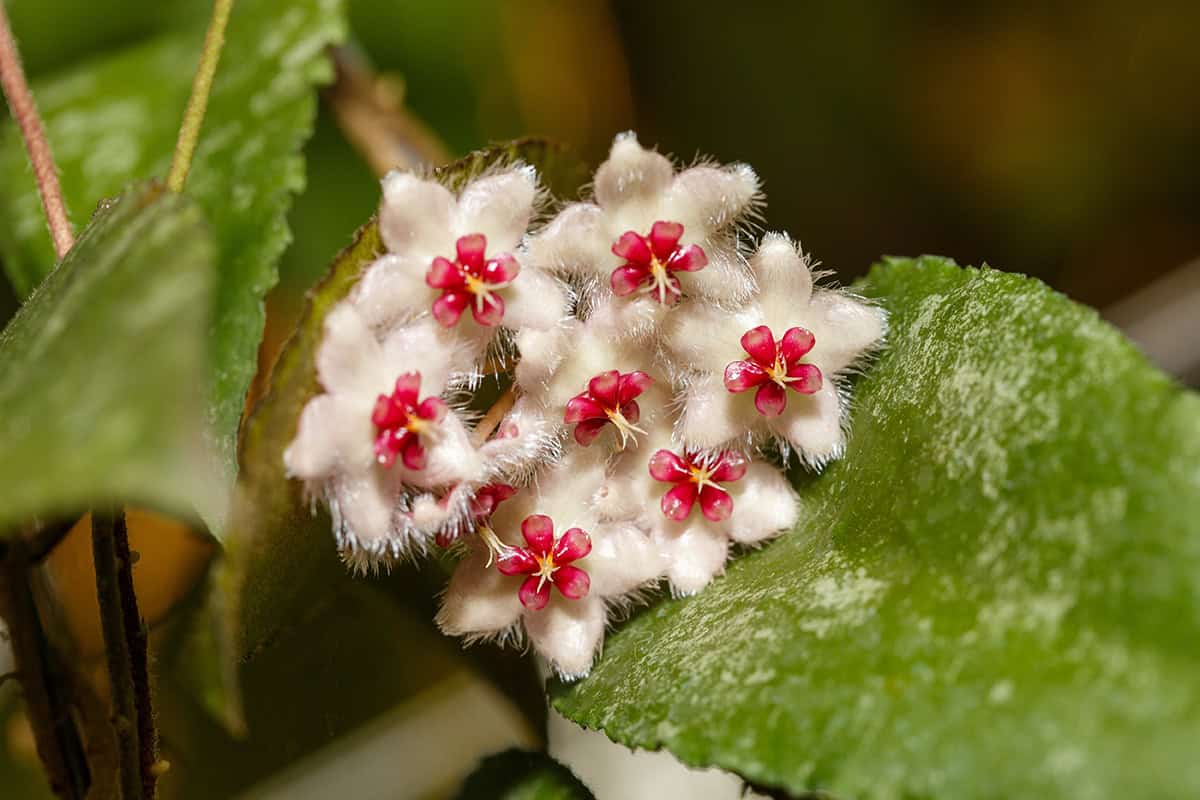
Hoya caudata is recognized by its wavy-edged leaves covered with fuzzy, waxy hairs. Leaf color may show splotches of silver or cream.
Star clusters of flowers bloom in cream, pink, or white and often carry a coconut scent. The flowers last several days.
Caudata prefers high humidity, bright indirect light, and a loose, airy potting mix. Let the upper soil dry to prevent root rot.
Hoya nicholsoniae
Bright green leaves with fiery veining make Nicholsoniae a bold addition. Foliage may develop bronze tints in strong light, and the blooms are creamy yellow with red centers. This hoya enjoys bright light, warm temps, and well-timed watering.
